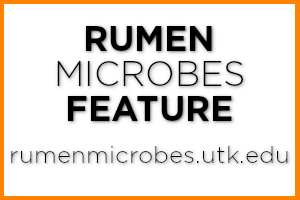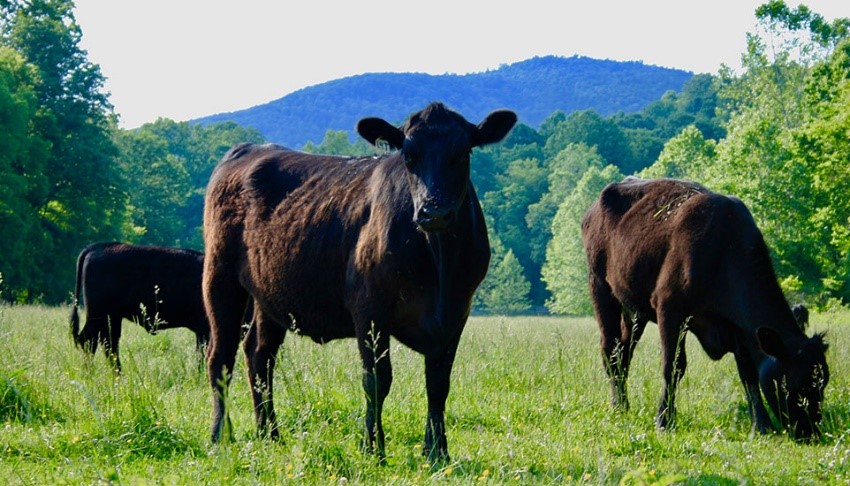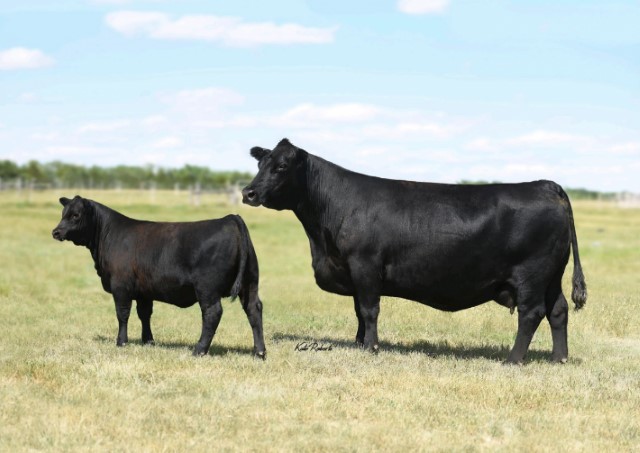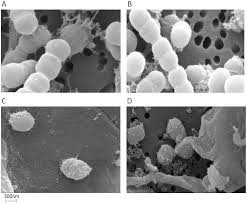
Ruminococcus albus are highly cellulolytic bacteria that belong to the phylum Firmicutes and are commonly found in cattle rumen. They are an essential bacterial species for ruminants, which digest a wide variety of fiber and help with its digestibility. This microorganism produces acetate, usable by its bovine host. Also, it is one of the few microorganisms that ferment cellulose from the plants to form ethanol.
Click the image hotspots to learn more about this featured microbe.
This interactive image was created by Juan Fernando Cordero Llarena
(Image courtesy of FT Valley Farm)

Learn more

Because Ruminococcus albus is widely known as one of the most actively fibrolytic ruminal bacteria, the genes from certain types of R. albus have also been used to breakdown feedstock in the biofuel industry. Image courtesy of the USDA.
Learn more

R. albus had been linked to activities that influence cellulose degradation and contribute to the conversion of fibrous feed into the organic acids utilized by the host as nutrients. Many studies have been found that R. albus can represent around 10% of the total rumen microbiome.
Learn more

Recent studies discovered that certain R. albus types are sensitive to biochanin A, potentially altering the cellulolytic balance in the rumen. Biochanin A is an important compound that commonly comes from red clover and has been researched to mitigate the symptoms of fescue toxicosis. Image courtesy of Vodovnik et al, 2013. PLoS ONE
Follow this link to view all of the interactive presentations for the Rumen Microbes series.